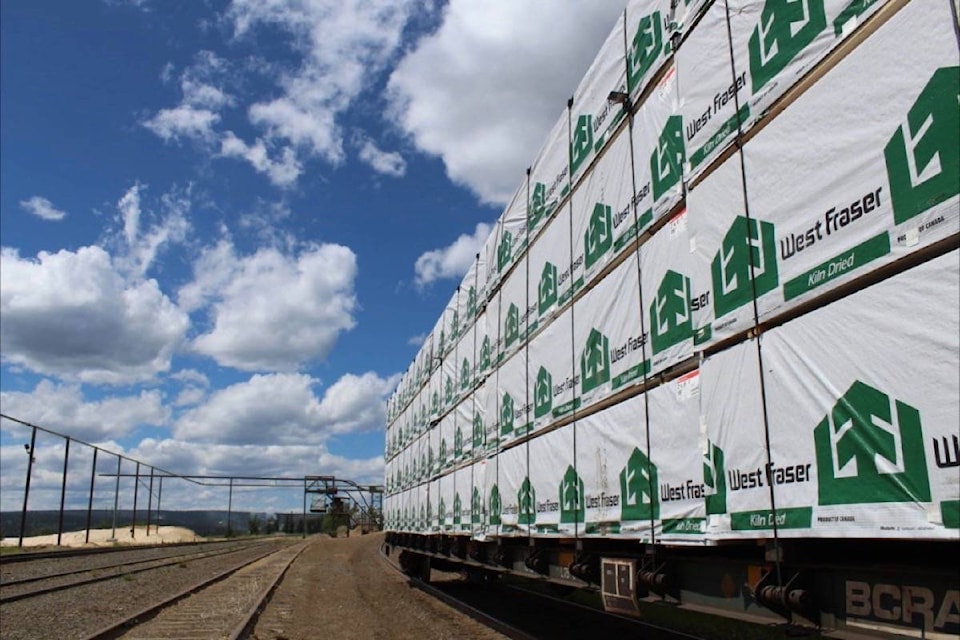As the B.C. and federal governments prepare relief for laid-off forest industry workers, the industry is looking past shrinking log supplies and idle sawmills to following Europe’s path to a value-added future.
B.C. Forests Minister Doug Donaldson and Labour Minister Harry Bains are announcing assistance for laid-off forest workers Tuesday in Prince George. Mill closures, curtailments and logging shutdowns have affected 6,000 workers across B.C., after two record fire seasons, extensive beetle damage and the return of U.S. import duties.
The B.C. Council of Forest Industries has issued a report called “Smart Future” that notes the 50-per-cent drop in annual harvest ahead for the B.C. Interior, protected areas that cover half of the land base on the coast, and rising competition in Chile, Russia and Europe.
Here's a look at the challenge for #BCForestFuture, from @COFI_INFO's latest report #bcpoli #bcleg pic.twitter.com/l5iaW08DJt
— Tom Fletcher (@tomfletcherbc) September 16, 2019
Many places produce low-cost lumber, pulp and paper, the report says. It calls for lessons to be learned from Europe, and building on the success of engineered wood that has moved well past the demonstration stage in Europe as it catches on in North America.
Don Kayne is the new chair of COFI and CEO of Canfor Corp., which has extensive operations in the U.S. and recently invested in Sweden’s largest private sawmill group. Kayne said B.C. is in a similar position today to European producers 15 years ago, and Premier John Horgan’s commitment to feature wood in public construction is an important step.
“You’re seeing some brands get involved in our industry that never would have considered it before,” Kayne said in an interview with Black Press. “Microsoft, Google, Sidewalk Labs, Facebook, companies that in the past would probably not have looked at lumber as a product for their training centres.”
B.C. has a long history of exports to Japan, and the future looks bright in one of the more advanced markets for wood construction. A big focus there is senior housing, and hybrid steel-concrete-wood buildings. COFI also faces trade barriers, in the form of Japanese government subsidies to domestic producers.
RELATED: B.C. wood high-rise the talk of Asia
RELATED: B.C. first province to allow 12-storey timber
“It’s really moved past two-by-four housing, especially with the demographic challenges they’re facing, to much more diverse applications,” Kayne said.
Abundant beetle-killed lumber got B.C. into the China market, used for concrete forms and seismic infill walls. Now China is a growing market for modern wood construction, with many suppliers competing.
“There are lots of opportunities, but we’ve got lots of people competing for the same customers that we want to pursue in both Japan and China,” said COFI president Susan Yurkovich. “We have to be a jurisdiction that can compete, and that means making sure that we have access to fibre at a reasonable cost.”
Their report notes that more than half of B.C.’s forest land base is now subject to some kind of restriction, and calls for the establishment of a permanent “working forest” designation to promote long-term investment.
@tomfletcherbc
tfletcher@blackpress.ca
Like us on Facebook and follow us on Twitter.
